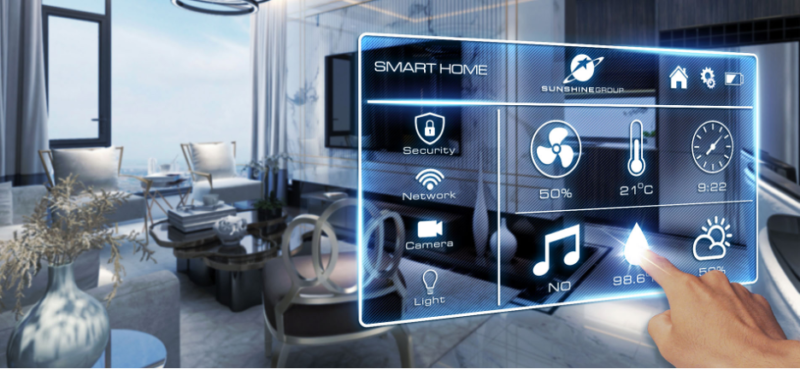In today's rapidly advancing technological era, smart homes have become increasingly popular among both homeowners and businesses. However, as with any technology, there are certain smart home common problems that users frequently encounter. This article aims to delve into these issues, providing insights and solutions to help you navigate the complexities of a smart home.

Connectivity Challenges
One of the most prevalent issues in smart homes is connectivity. From intermittent Wi-Fi disruptions to devices not syncing properly, connectivity issues can be a major headache. Many users find that their devices occasionally drop off the network, rendering them useless until reconnected.
To mitigate these issues, it's essential to ensure your home network is robust. Consider investing in a high-quality router and placing it centrally in your home to maximize coverage. Additionally, regularly updating the firmware of your devices can improve connectivity and performance.
Compatibility Issues
Another common problem is compatibility between different devices and platforms. With numerous brands and devices on the market, ensuring that all your smart home products work seamlessly together can be a challenge.
When purchasing new devices, look for products that are labeled as compatible with your existing ecosystem, whether it's Amazon Alexa, Google Home, or Apple HomeKit. Additionally, using a central hub can help bridge compatibility gaps by providing a unified platform for all your devices.
Security Concerns
Security is a major concern for many smart home users. With devices connected to the internet, the risk of cyberattacks is ever-present. Hackers can exploit vulnerabilities in devices to gain unauthorized access to your home network.
To protect your smart home, ensure that all devices are equipped with strong, unique passwords. Regularly update your device firmware to patch any security vulnerabilities. Moreover, consider enabling two-factor authentication for an added layer of security.
Privacy Issues
Privacy concerns are another significant issue for smart home users. Devices that constantly collect data can be unsettling for many, raising questions about how this data is used and who has access to it.
To address privacy issues, review the privacy policies of your devices and adjust settings to limit data collection where possible. Additionally, be selective about the information you share with devices, and consider using a virtual private network (VPN) to further enhance your privacy.
Energy Management
While smart homes are often touted for their energy-saving capabilities, managing energy consumption effectively can be a challenge. Users may find that their energy bills are higher than expected due to poorly optimized device settings.
To better manage energy use, regularly monitor your devices through their respective apps and adjust settings as needed. Many devices offer scheduling features that allow you to automate energy-saving measures, such as turning off lights or adjusting thermostat settings when you're not home.
Voice Recognition Problems
Voice-activated devices are a staple of many smart homes, but they can be prone to recognition errors. Background noise, accents, or unclear commands can lead to frustration when devices fail to respond correctly.
To improve voice recognition, ensure your devices' microphones are unobstructed and positioned in areas with minimal background noise. Regularly train your voice assistant by providing feedback on misunderstood commands, helping it to better understand your speech patterns.
Conclusion
While smart home common problems can be frustrating, understanding and addressing these issues can lead to a more seamless and enjoyable smart home experience. By staying informed and proactive in managing your devices, you can overcome these challenges and fully enjoy the benefits of smart home technology.
For more information on how to optimize your smart home experience, check out this comprehensive checklist.
Related Links
Explore more about smart home technology and its integration with AI through our articles on How AI Powers Smart Homes and What is an AI Smart Home.

FAQ Section
1. How can I improve my smart home security?
Ensure all devices have strong, unique passwords and regularly update firmware. Consider using two-factor authentication and a VPN for enhanced security.
2. What should I do if my smart home devices aren't compatible?
Consider purchasing a central hub to bridge compatibility gaps and ensure new devices are compatible with your existing ecosystem.
3. How can I reduce my smart home's energy consumption?
Use scheduling features to automate energy-saving measures and regularly monitor device settings for optimal energy efficiency.

